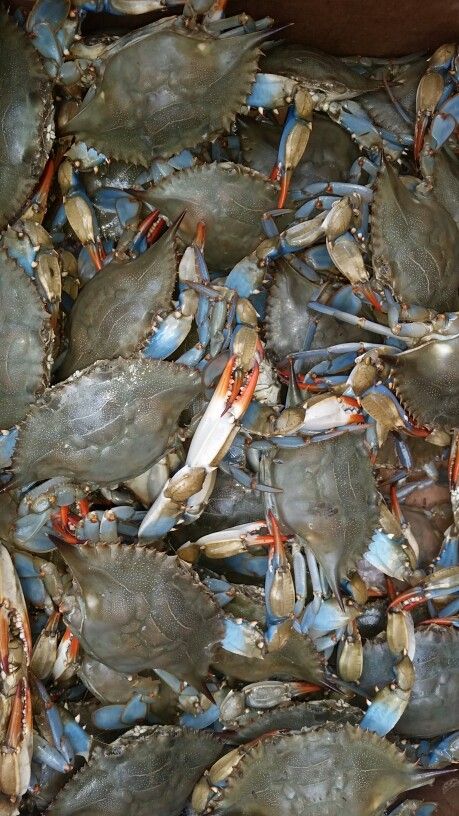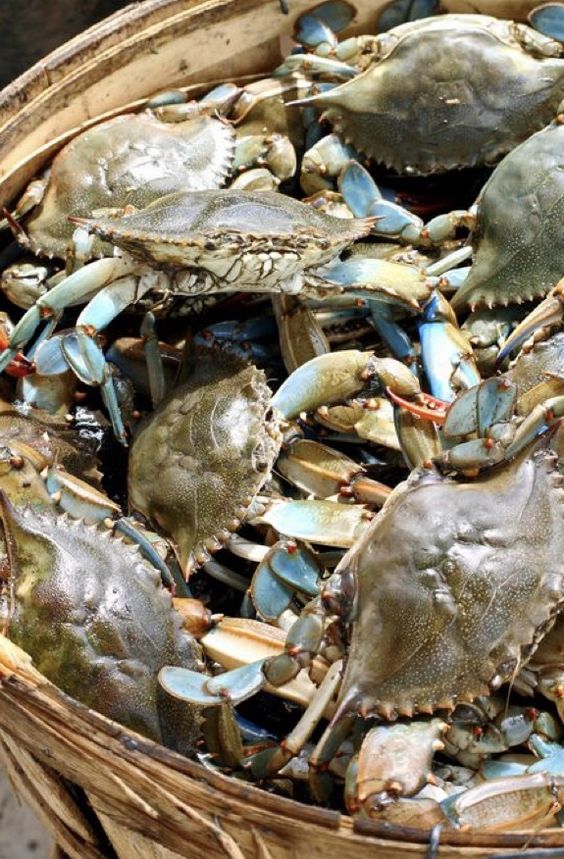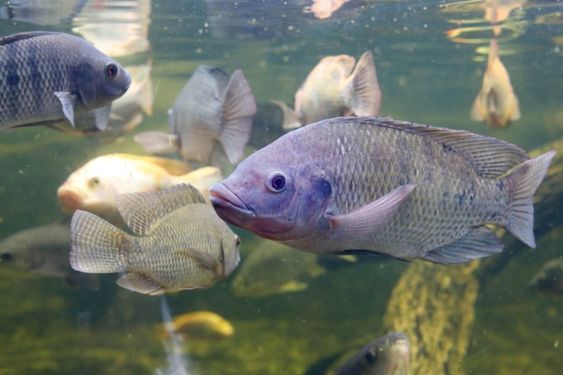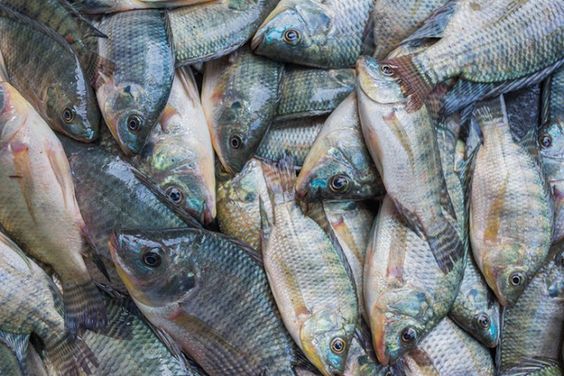The Crab Processing Industry: A Comprehensive Overview
The crab processing industry is a critical component of the global seafood sector, transforming raw crustaceans into a variety of consumable products. This industry plays a pivotal role in meeting the growing demand for seafood, providing employment opportunities, and contributing to the economies of coastal regions. This article delves into the intricacies of the crab processing industry, exploring its significance, processes, challenges, and opportunities.
Contents
the Crab Processing Industry
The crab processing industry encompasses a complex network of activities, from harvesting and transportation to processing, packaging, and distribution. It involves a diverse range of stakeholders, including fishermen, processors, distributors, retailers, and consumers.
Core Activities:
- Harvesting: Crabs are caught using various methods, such as traps, pots, and lines. Sustainable fishing practices are essential to ensure the long-term viability of crab populations.
- Transportation: Live crabs are typically transported to processing facilities in refrigerated containers or holding tanks to maintain quality.
- Processing: This involves a series of steps, including cleaning, cooking, cracking, picking, and packaging. The specific processes vary depending on the target product.
- Packaging: Crab products are packaged in various formats to meet consumer preferences and market requirements. This includes fresh, frozen, canned, and value-added products.
- Distribution: Processed crab products are distributed to wholesalers, retailers, and foodservice establishments through a complex supply chain.
Benefits of the Crab Processing Industry
The crab processing industry offers numerous benefits to both local and global economies:
- Economic Growth: It creates jobs and stimulates economic activity in coastal communities.
- Food Security: Provides a valuable source of protein and other essential nutrients.
- Export Opportunities: Crab products are exported to various countries, generating foreign exchange earnings.
- Technological Advancement: Drives innovation in processing equipment and techniques.
- Sustainable Development: Encourages responsible fishing practices and environmental conservation.
Goals of the Crab Processing Industry
The primary goals of the crab processing industry include:
- Meeting Consumer Demand: Producing high-quality crab products to satisfy consumer preferences.
- Ensuring Food Safety: Adhering to strict food safety standards to protect public health.
- Promoting Sustainability: Implementing environmentally friendly practices and conserving crab resources.
- Improving Efficiency: Optimizing production processes to reduce costs and increase profitability.
- Developing New Markets: Expanding the market for crab products through product innovation and marketing efforts.
Ideas for Enhancing the Crab Processing Industry
To further develop the crab processing industry, the following ideas can be considered:
- Value-Added Products: Creating innovative crab-based products to increase product value.
- Market Research: Conducting thorough market research to identify consumer trends and preferences.
- Technology Adoption: Investing in advanced processing equipment and technologies.
- Sustainability Certification: Obtaining certifications to demonstrate commitment to environmental responsibility.
- Collaboration: Fostering partnerships between industry stakeholders to address common challenges.
Topic Suggestions for Further Research
- The impact of climate change on crab populations and the processing industry.
- Economic analysis of the crab processing industry in different regions.
- Consumer perceptions and preferences for crab products.
- The role of technology in improving crab processing efficiency.
- Case studies of successful crab processing businesses.
Advantages of the Crab Processing Industry
The crab processing industry offers several advantages:
- High-Value Product: Crab is a premium seafood product with strong market demand.
- Diverse Product Range: Offers opportunities for various product lines to cater to different markets.
- Export Potential: Strong export demand for crab products.
- Job Creation: Generates employment opportunities in both processing and related sectors.
- Contribution to Local Economies: Provides economic benefits to coastal communities.
Challenges in the Crab Processing Industry
The crab processing industry, while promising, faces a number of significant challenges:
Supply Chain Issues
- Resource Depletion: Overfishing and habitat destruction pose a threat to crab populations, affecting supply stability.
- Seasonal Fluctuations: Crab availability often varies seasonally, impacting production and pricing.
- Transportation Challenges: Maintaining the quality of live crabs during transportation is crucial yet difficult.
Operational Challenges
- Labor Intensive: Many processes, especially picking crab meat, are labor-intensive and require skilled workers.
- Food Safety Concerns: Ensuring hygiene and preventing contamination throughout the processing chain is paramount.
- Cost Pressures: Rising energy, labor, and transportation costs impact profitability.
Market Challenges
- Price Fluctuations: Market prices for crab products can be volatile due to supply and demand factors.
- Consumer Preferences: Changing consumer tastes and demands require product innovation and adaptation.
- Competition: Intense competition from other seafood and protein sources can affect market share.
Regulatory Challenges
- Environmental Regulations: Compliance with fishing quotas, habitat protection, and waste management can be costly.
- Food Safety Standards: Adhering to stringent food safety regulations is essential but can be complex.
- Trade Barriers: Tariffs, quotas, and other trade restrictions can hinder market access.
Technology’s Role in the Crab Processing Industry
Technology is transforming the crab processing industry, driving efficiency, improving product quality, and enhancing sustainability. From harvesting to distribution, technological advancements are reshaping the sector.
Technology in Crab Harvesting and Processing
- Real-time tracking: GPS and IoT devices can monitor fishing vessels, ensuring compliance with regulations and optimizing catch locations.
- Automated sorting and grading: Image recognition and machine learning algorithms can accurately sort crabs based on size, weight, and quality, improving efficiency and reducing labor costs.
- Processing automation: Robotic systems can handle tasks like cleaning, cracking, and picking crab meat, increasing productivity and reducing human error.
- Quality control: Advanced sensors and imaging technology can monitor product quality throughout the processing chain, ensuring food safety and consistency.
Technology in Supply Chain and Distribution
- Cold chain management: IoT sensors and real-time monitoring can maintain optimal temperature and humidity conditions during transportation and storage, preserving product freshness.
- Blockchain technology: Can trace the journey of crab from ocean to plate, ensuring transparency, preventing fraud, and enhancing consumer trust.
- Predictive analytics: Data-driven insights can optimize inventory management, reduce waste, and improve supply chain efficiency.
- E-commerce platforms: Online marketplaces can connect producers directly with consumers, expanding market reach and reducing distribution costs.
Technology in Product Development and Marketing
- Product development: Advanced food science and technology can create new crab-based products, such as value-added processed foods and functional ingredients.
- Consumer analytics: Data analysis can identify consumer preferences and trends, enabling targeted marketing campaigns and product development.
- Virtual and augmented reality: Immersive experiences can showcase the product and the brand story, engaging consumers and driving sales.
Challenges and Opportunities
While technology offers significant benefits, challenges such as initial investment costs, data security, and employee training need to be addressed. However, the potential for increased efficiency, improved product quality, and enhanced sustainability make technology adoption essential for the growth of the crab processing industry.
Technology is playing an increasingly important role in shaping the future of the crab processing industry. By embracing innovation and investing in technological advancements, companies can gain a competitive edge, improve profitability, and contribute to a sustainable seafood supply chain.






